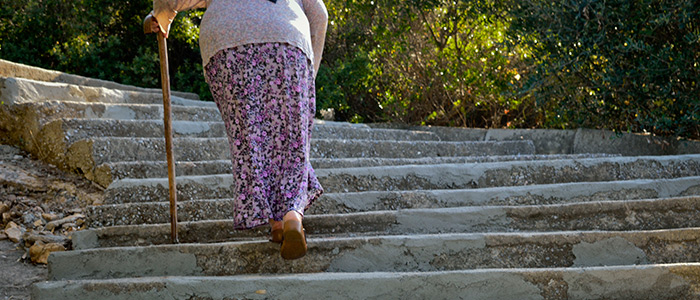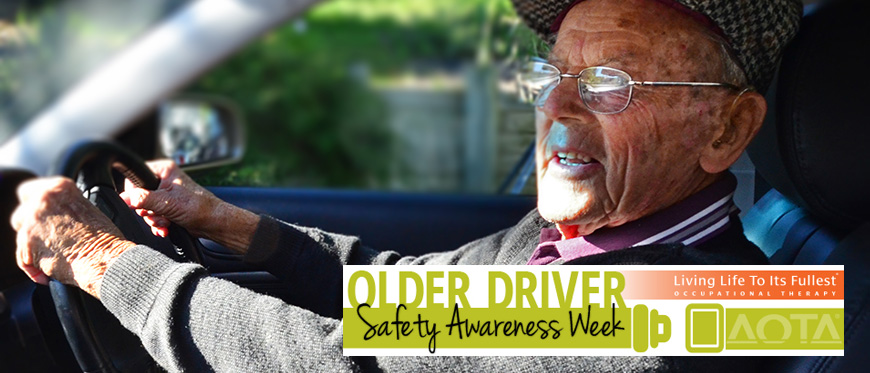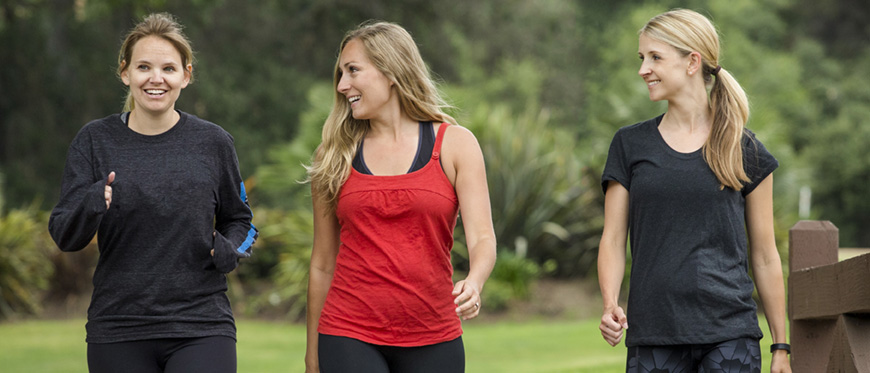At least twice a week I have some form or another of this conversation:
Physical Therapist: “I would really recommend you start using a cane to help with your balance and safety”
Client: “I understand that, but I really do not want to become dependent on a cane.”
This is a slippery slope to navigate. Let’s pretend you are the client sitting in my office with me, being told this information. On one hand, you can’t help feeling the use of an assistive device, such as a cane is a defeat or loss of independence; that now you’re going to have to take this cane everywhere you go. On the other hand, you realize you just went through 2 to 3 balance tests that did not go well at all, and if I don’t use that assistive device, I am more likely than not going to fall.
The U.S. Centers for Disease Control and prevention report that every 20 minutes an adult over the age of 65 dies from complications that are the result of a fall. If that wasn’t scary enough, they also report 95% of hip fractures are caused by falls, and that over 700,000 hospitalizations per year are caused by falls.
Now, as my hypothetical client, you understand the ramifications of falling, but are also very fearful that using an assistive device will make you weaker and more dependent on the assistive device. This is where the paradigm shift needs to happen.
One of the most powerful predictors of falling is actually fear of falling. So scaring someone who is resistant to using an assistive device into using one isn’t a great idea, or helpful. What is helpful is the realization that very often, using an assistive device offers a client more confidence, which without any other factors changing, decreases fall risk.
The other thing that happens is that once people feel more secure and confident with their balance, they walk more and do more around their homes and in the community. This increased activity lends itself to improved strength and balance.
Let’s get back to that hypothetical patient. Say that you avoid going to a restaurant you love because to get into it, there are 5 stairs to enter and they are wide stairs with access to only one rail and often busy. Suddenly, with the assistive device, this task that was previously daunting is now feasible. You also realize that getting into the library is feasible, and that window shopping is feasible. You are now unwittingly exercising while doing the things you love; after all, the simple act of walking is one of the best exercises someone can do.
Now let’s look at the reverse situation, if you balance is poor without the assistive device, you continue to self-limit activities and walk less and participate in the community less, which causes decreased strength and balance.
By now you can see what I am getting at. An assistive device should not signal a loss of independence or sense of defeat, but instead, it should signal a way to participate in more of the things you love and more frequently. It should also be seen as a way to gain strength and gain balance without ever having to do a single home exercise. Is really a win-win situation.
So next time you see someone using an assistive device, I hope it makes you smile that they chose to live life more fully, become stronger, and be more independent.





